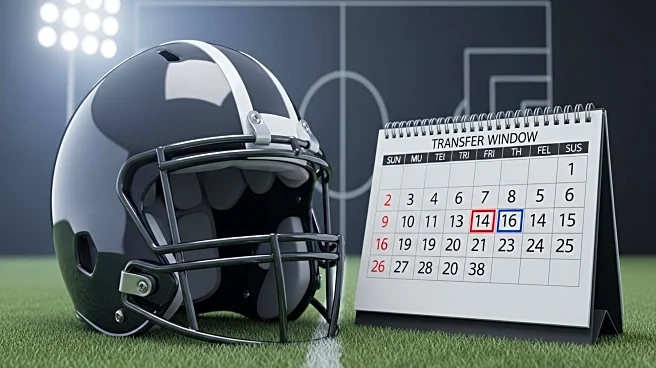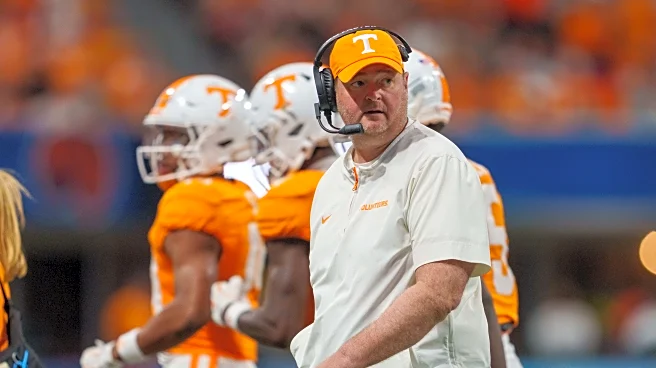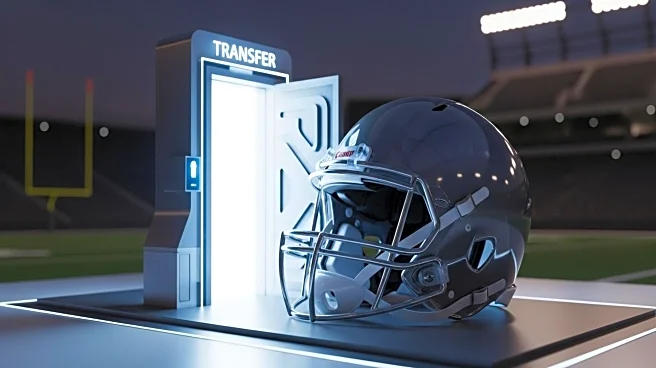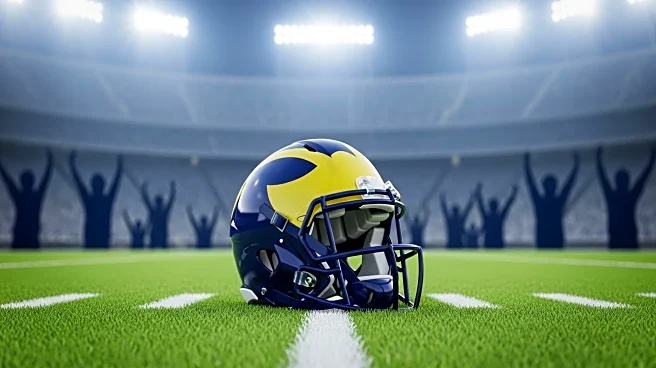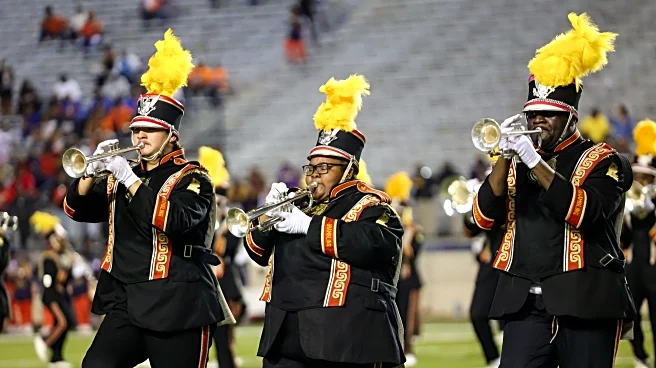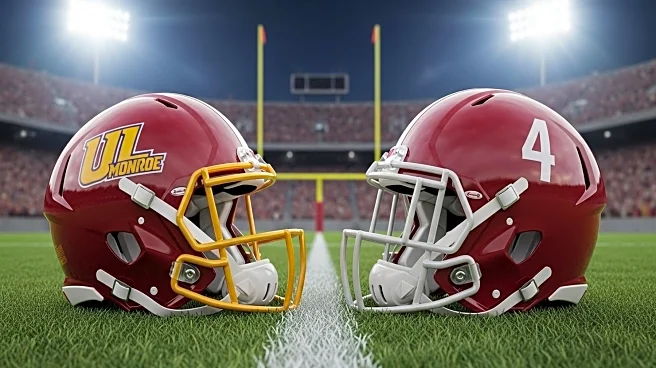What is the story about?
What's Happening?
The Division I Football Bowl Subdivision Oversight Committee has proposed legislative changes to the football recruiting calendar, specifically targeting the notification-of-transfer windows. The recommendation suggests a new 10-day transfer window from January 2 to January 11 for both undergraduate and postgraduate FBS student-athletes. This would replace the current structure, which includes a 20-day period in December and a 10-day period in April. Additionally, the committee has recommended making December a recruiting dead period, limiting recruiting activities to calls, texts, and emails without any on- or off-campus contacts or evaluations. The proposal also includes changes to the first date prospective student-athletes can receive written offers of financial aid, moving it from August 1 to November 15 of their senior year in high school.
Why It's Important?
These proposed changes could significantly impact the recruiting strategies of college football programs across the nation. By altering the transfer window and recruiting periods, the committee aims to streamline the process and reduce the pressure on student-athletes and coaches during critical times of the year. The shift in the timeline for written offers could also affect how high school athletes plan their recruitment and decision-making processes. These changes may lead to a more organized and less hectic recruiting environment, potentially benefiting both athletes and institutions by providing clearer guidelines and reducing the overlap of recruiting activities with academic commitments.
What's Next?
The Division I Administrative Committee is expected to vote on these legislative changes before October 1. If approved, these changes will be implemented, affecting the upcoming recruiting cycles. College football programs will need to adjust their recruiting strategies to align with the new calendar, and student-athletes will have to navigate the revised timelines for transfers and offers. Stakeholders, including coaches, athletes, and educational institutions, will likely engage in discussions to understand the implications and prepare for the transition.
AI Generated Content
Do you find this article useful?
